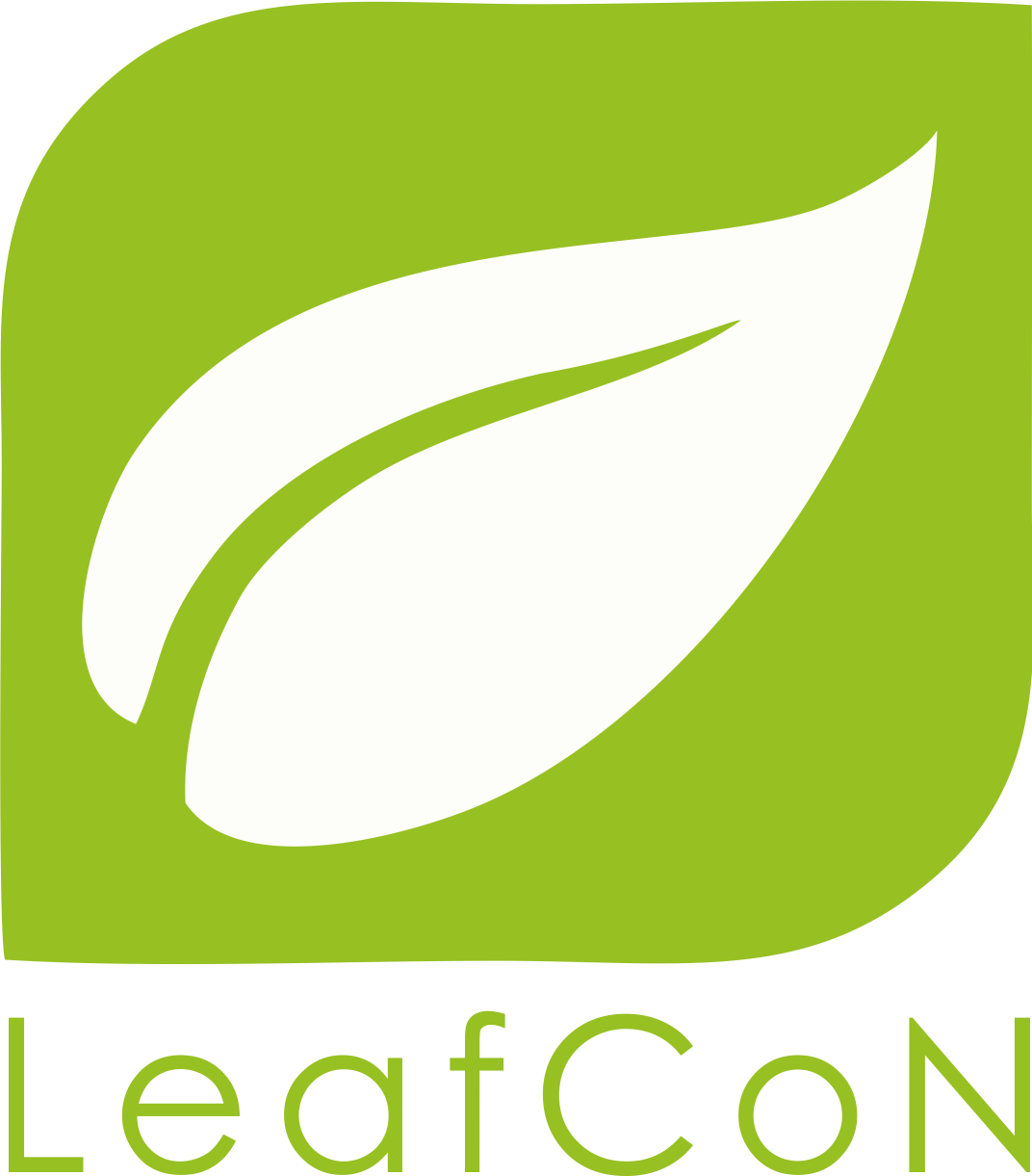Description |
|
· Oats Are Defined As The Grains Of Avena Sativa And Avena Byzantina. |
ESSENTIAL COMPOSITION AND QUALITY FACTORS |
|
Quality Factors – General :- · Oats Shall Be Safe And Suitable For Processing For Human Consumption. · Oats Shall Be Free From Abnormal Flavours, Odours, Living Insects And Mites. |
|
Quality And Safety Factors – Specific :- · Moisture Content 14.0% M/M Max · Lower Moisture Limits Should Be Required For Certain Destinations In Relation To The Climate, Duration Of Transport And Storage. · Ergot Sclerotium Of The Fungus Claviceps Purpurea 0.05% M/M Max · Toxic Or Noxious Seeds The Products Covered By The Provisions Of This Standard Shall Be Free From The Following Toxic Or Noxious Seeds In Amounts Which May Represent A Hazard To Human Health. – Crotalaria (Crotalaria Spp.), Corn Cockle (Agrostemma Githago L.), Castor Bean. (Ricinus Communis L.), Jimson Weed (Datura Spp.), And Other Seeds That Are Commonly Recognized As Harmful To Health. · Filth Impurities Of Animal Origin (Including Dead Insects) 0.1% M/M Max · Other Organic Extraneous Matter 1.5% M/M Max Which Is Defined As Organic Components Other Than Edible Grains Of Cereals (Foreign Seeds, Stems, Etc.). · Inorganic Extraneous Matter 0.5% M/M Max Which Is Defined As Any Inorganic Component (Stones, Dust, Etc.). |
CONTAMINANTS |
|
· Heavy Metals Oats Shall Be Free From Heavy Metals In Amounts Which May Represent A Hazard To Human Health. |
|
· Pesticide Residues Oats Shall Comply With Those Maximum Residue Limits Established By The Codex Alimentarius Commission For This Commodity. |
HYGIENE |
|
· It Is Recommended That The Product Covered By The Provisions Of This Standard Be Prepared And Handled In Accordance With The Appropriate Sections Of The General Principles Of Food Hygiene (CXC 1-1969), And Other Codes Of Practice Recommended By The Codex Alimentarius Commission Which Are Relevant To This Commodity. |
|
· To The Extent Possible In Good Manufacturing Practice, The Cleaned Product Shall Be Free From Objectionable Matter. |
|
When Tested By Appropriate Methods Of Sampling And Examination, The Product, After Cleaning And Sorting, And Before Further Processing: · Shall Be Free From Micro-Organisms In Amounts Which May Represent A Hazard To Health; · Shall Be Free From Parasites Which May Represent A Hazard To Health; · Shall Not Contain Any Substance Originating From Micro-Organisms Including Fungi In Amounts Which May Represent A Hazard To Health. |
PACKAGING |
|
· Oats Shall Be Packaged In Containers Which Will Safeguard The Hygienic, Nutritional, Technological, And Organoleptic Qualities Of The Product. |
|
· The Containers, Including Packaging Material, Shall Be Made Of Substances Which Are Safe And Suitable For Their Intended Use. They Should Not Impart Any Toxic Substance Or Undesirable Odour Or Flavour To The Product. |
|
· When The Product Is Packaged In Sacks, These Must Be Clean, Sturdy, And Strongly Sewn Or Sealed. |
LABELLING |
|
· In Addition To The Requirements Of The General Standard For The Labelling Of Prepackaged Foods (CXS 11985), The Following Specific Provisions Apply: |
|
Name Of The Product :- · The Name Of The Product To Be Shown On The Label Shall Be “Oats”. |
|
Labelling Of Non-Retail Containers :- · Information For Non-Retail Containers Shall Either Be Given On The Container Or In Accompanying Documents, Except That The Name Of The Product, Lot Identification And The Name And Address Of The Manufacturer Or Packer Shall Appear On The Container. However, Lot Identification And The Name And Address Of The Manufacturer Or Packer May Be Replaced By An Identification Mark, Provided That Such A Mark Is Clearly Identifiable With The Accompanying Documents. |
METHODS OF ANALYSIS AND SAMPLING |
|
· For Checking The Compliance With This Standard, The Methods Of Analysis And Sampling Contained In The Recommended Methods Of Analysis And Sampling (CXS 234-1999) Relevant To The Provisions In This Standard, Shall Be Used. |
